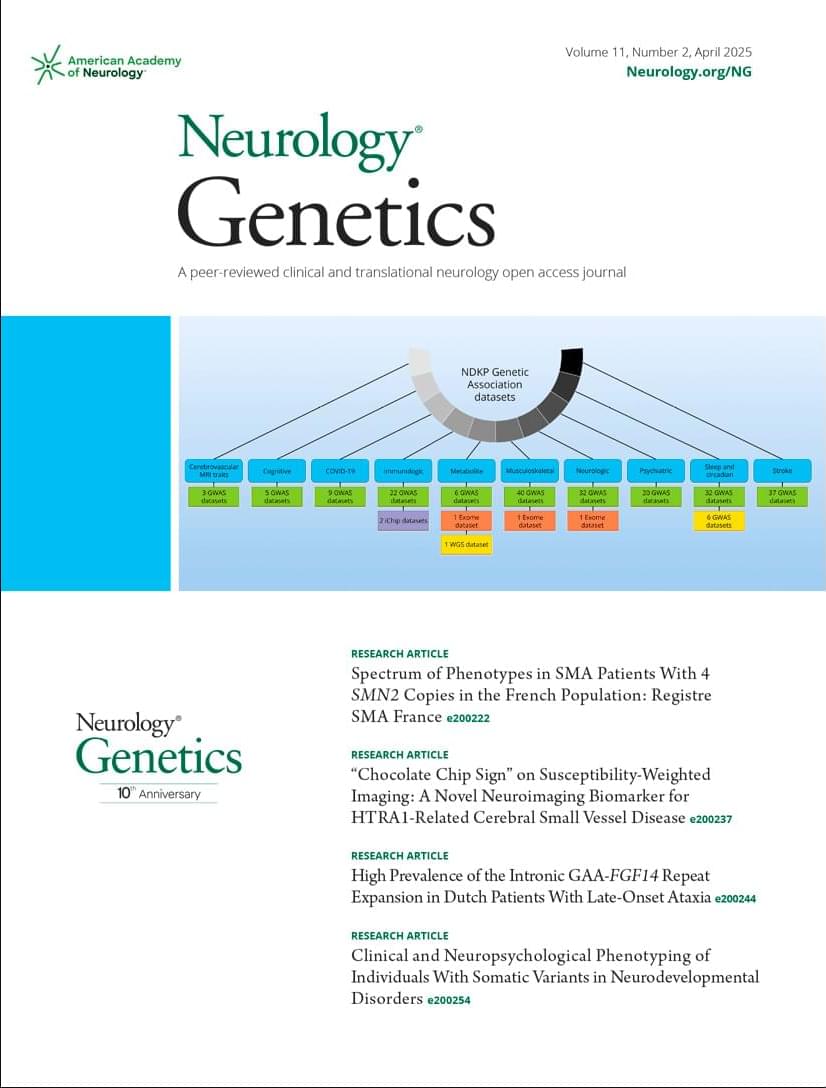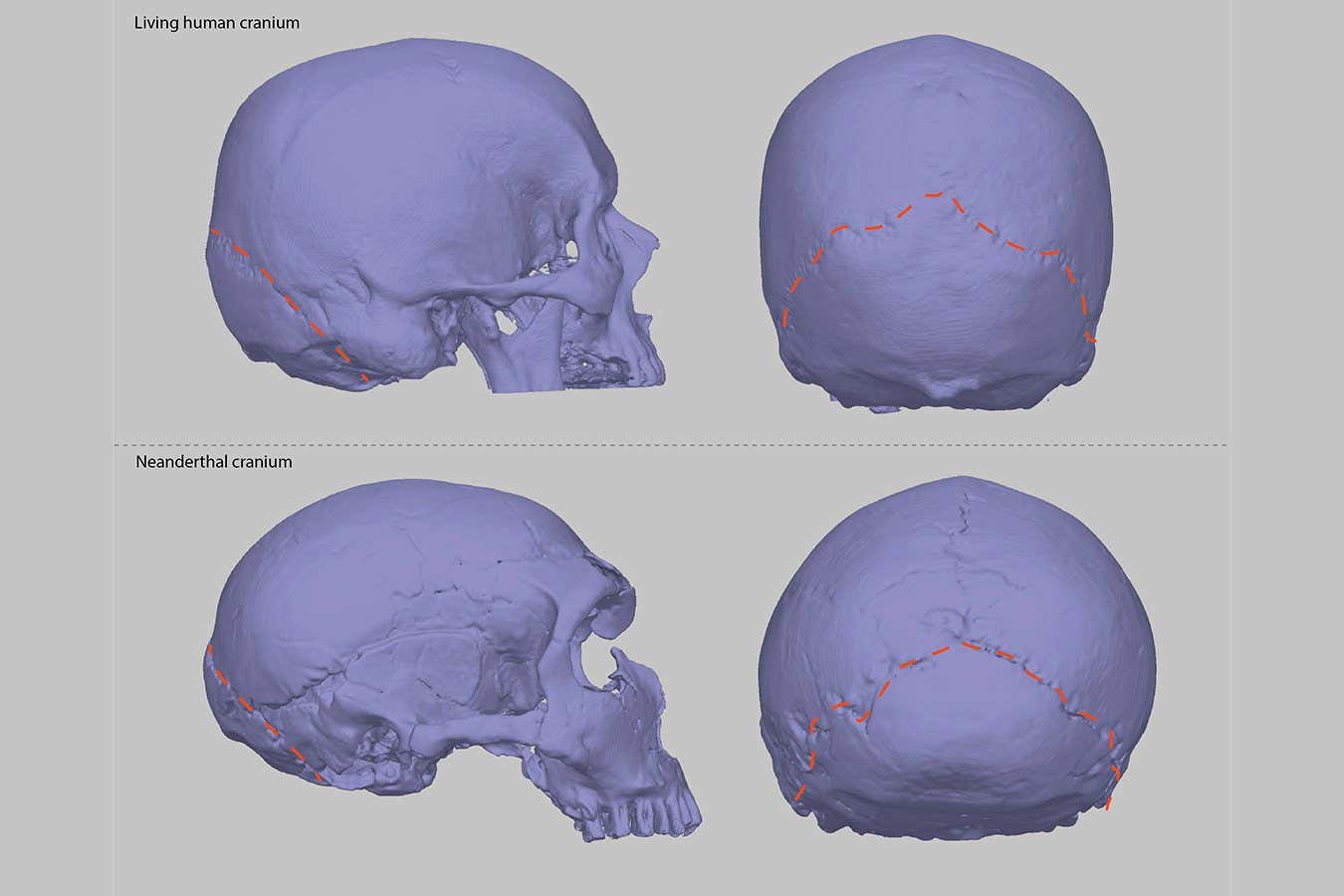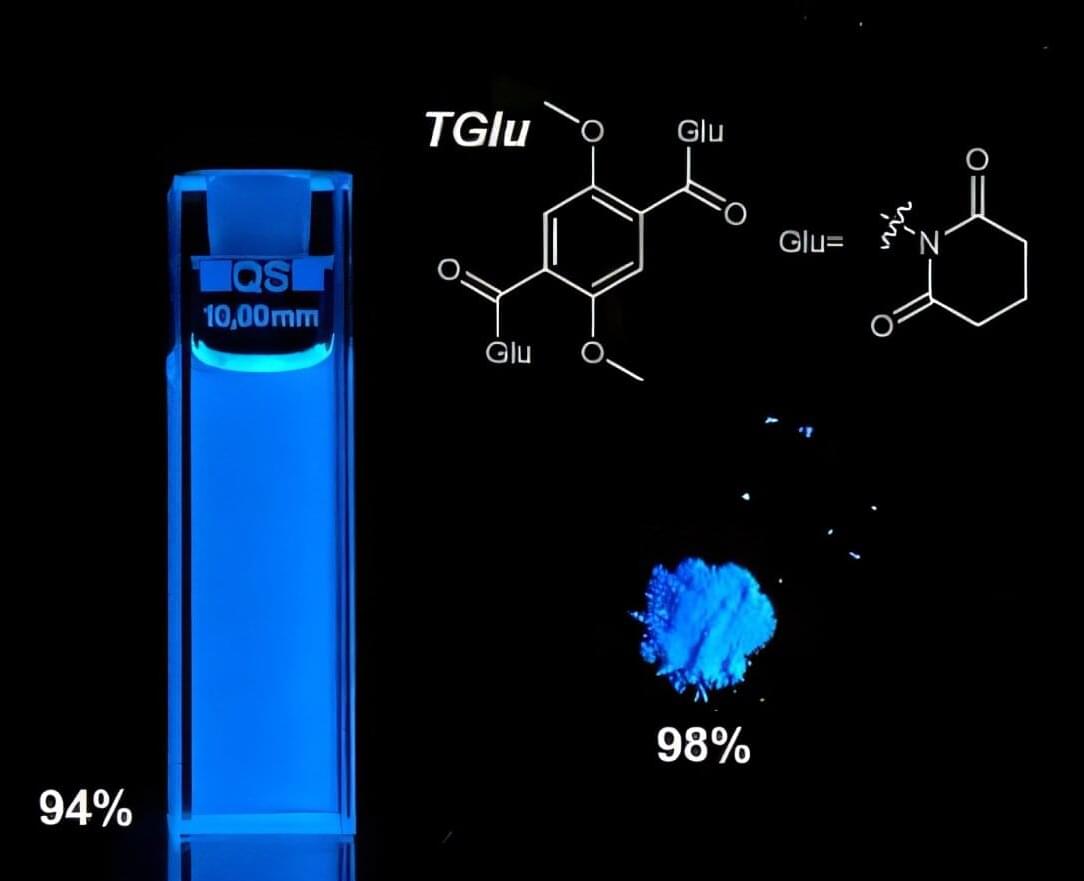Schematic illustration of two pathways for macromolecular therapeutics delivery: nanoparticle-adopted endocytosis (left) and DNA nanotubule-mediated cytosolic delivery (right). By bypassing conventio…



Scientists at St. Jude Children’s Research Hospital have reconciled two closely related but contentious mechanisms underlying transcription, the process of converting genetic information in DNA into messenger RNA. Phase separation has been proposed as a driving force in transcription due to its ability to selectively concentrate proteins and DNA in discrete droplets.

Mechanism of sphingosine mediated tumor suppression.
Both sphingosine and ceramide suppress tumor growth, but the molecular details of this regulation are currently unclear.
Sphingosine-like compounds bind to their target proteins and trigger structural changes that activate PP2A (the protein phosphatase 2A (PP2A) scaffold (PPP2R1A)) and inhibit the importins (KPNB1, TNPO1, IPO7, IPO5).
Together, these actions disable proteins that drive cancer initiation and progression (e.g., YAP, JUN, MYC, the androgen receptor, hnRNPA1, NF-κB, and ribosomal proteins) by triggering their proteasomal degradation and/or inhibiting their nuclear import.
Together, these pathways elicit more robust effects than activating PP2A or inhibiting importins individually.
The effect of endogenous sphingosine on these oncoproteins is limited by its metabolic conversion into ceramide or sphingosine-1-phosphate. https://sciencemission.com/Sphingosine-simultaneously-inhibits



This study found that involvement of the superior cerebellar peduncles is frequent in patients with GAA-FGF14 ataxia (SCA27B)
ObjectivesGAA-FGF14 ataxia (SCA27B) is a recently reported late-onset ataxia caused by a GAA repeat expansion in intron 1 of the FGF14 gene. After the clinical observation of superior cerebellar peduncle (SCP) involvement in some affected patients, we sought to verify the prevalence of this finding in our cohort and 4 additional independent cohorts of patients with SCA27B.

Dr. Robert Schwab, MD is a Resident Physician, Research Specialist, and Hematology-Oncology Fellow at Penn Medicine, University of Pennsylvania Health System…

A new blue fluorescent molecule set new top emission efficiencies in both solid and liquid states, according to a University of Michigan-led study that could pave the way for applications in technology and medicine.
Able to absorb light and emit it at lower energy levels, fluorescent molecules called fluorophores glow in OLED displays and help doctors and scientists figure out what’s happening in cells and tissues. They need to be solid in displays and many sensing applications, but liquids are typically preferred for biological uses. Most fluorophores don’t work well in both forms, but this one does.
The study, “Elucidating the molecular structural origin of efficient emission across solid and solution phases of single benzene fluorophores,” is published in the journal Nature Communications.

Recent evidence suggests the existence of a neural pathway specialized for social perception projecting between the well-established “what” and “where” pathways. A new study of neuropsychological patients demonstrates that this social pathway is causally essential for recognizing dynamic facial expressions.